Historic Swiss Brand Angelus Is Back And Presents The U10 Tourbillon Lumière
Article updated at noon on March 9, 2015 with information and images of the U10 Tourbillon Lumière at the end.
I remember well in 1998 when a group of Swiss investors brought two historical English watchmakers’ names back from beyond to make modern, Swiss-made watch brands out of them. At the time, the newly founded Graham and Arnold & Son had very little to do with the historical aspects of the legendary English watchmakers they were named after.
The holding company was first called Les Monts SA, but its name changed to The British Masters in 2001 after William Asprey joined the investor group headed by Eric Loth and then-partners Pierre-André Finazzi, Dr. Ernst Thomke, and Max Imgruth (the latter two members of the team that launched the Swatch in 1983). They had taken two of the most revered names in the history of watchmaking with the intention of bringing them into the modern era.
Arnold & Son was named after John Arnold (1736-1799) and his son, John Roger, who were famous English chronometer makers. Arnold began his love affair with precision around 1768, and today continues to be known as perhaps the most important pioneer of marine chronometry after John Harrison.
Graham, named for George Graham (1673-1751) was equally as innovative and famous as Arnold at the time, inventing a lever escapement for clocks in 1710 that to this day continues to bear his name. He also invented the world’s first wall-mounted chronograph.
While the Arnold & Son brand concentrated on timepieces featuring longitudinal and astronomical themes, Graham was the chronograph/sports watch outlet within the group.
The constellation of company owners then changed fairly drastically. In 2001, Thomke and Finazzi left The British Masters and were soon replaced by Jean-Pierre Jaquet and William Asprey.
Jaquet, as then-owner of movement manufacture Jaquet SA, was of course the resident caliber supplier. Following Jaquet’s arrest on charges of theft and counterfeiting of Rolex watches in 2003 – now known as the “Jaquet affair” – he lost control of Jaquet SA, which was subsequently purchased by Loth’s organization and Prothor Holdings, the latter a group of investors headed up by Frédéric Wenger.
Soon thereafter, Jaquet SA was renamed La Joux-Perret.
Finazzi had meanwhile founded Ellicott in 2008, another historical English name (John Ellicott II) bought at the same time with the intent to also create a modern company. It has been a few years since I have heard from Finazzi, and I recently learned that he closed Ellicott in 2014.
Prothor Holdings acquired Arnold & Son in 2010. It didn’t take long for La Joux-Perret’s Wenger and cohorts to put prolific technical whiz Dr. Sébastien Chaulmontet in charge of this boutique brand; and ever since the watch world has enjoyed meaningful complications and incredible, technical design that seem a bit more connected to its namesake’s history.
In 2012, Citizen Watch bought Prothor Holdings, including La Joux-Perret and Arnold & Son.
The British Masters, by the way, also owns the rights to Thomas Tompion, Daniel Quare, Thomas Mudge, and Thomas Earnshaw.
Angelus
Now the La Joux-Perret-based team announces the creation of yet another long-defunct historical brand name, but this time it is not an English one, but rather Swiss. And a really revered one at that: Angelus.
If you’ve ever driven through Le Locle, one of the things you have certainly noticed (at least I have) is the large Angelus sign on an old building. This is the fabrique that was founded in 1891 by the Stolz brothers, Gustav and Albert.
By the late 1970s, Angelus had fallen victim to the quartz crisis. But not before it enjoyed close to 90 years of pocket watch, wristwatch, and small clock production. It is basically one of those names that isn’t easily forgotten as it tends to pop up again and again in various ways – whether because Panerai famously used its eight-day movement, or because the exceedingly rare Tinkler alarm watch or popular Chronodato chronograph are still vintage favorites on the secondary market.
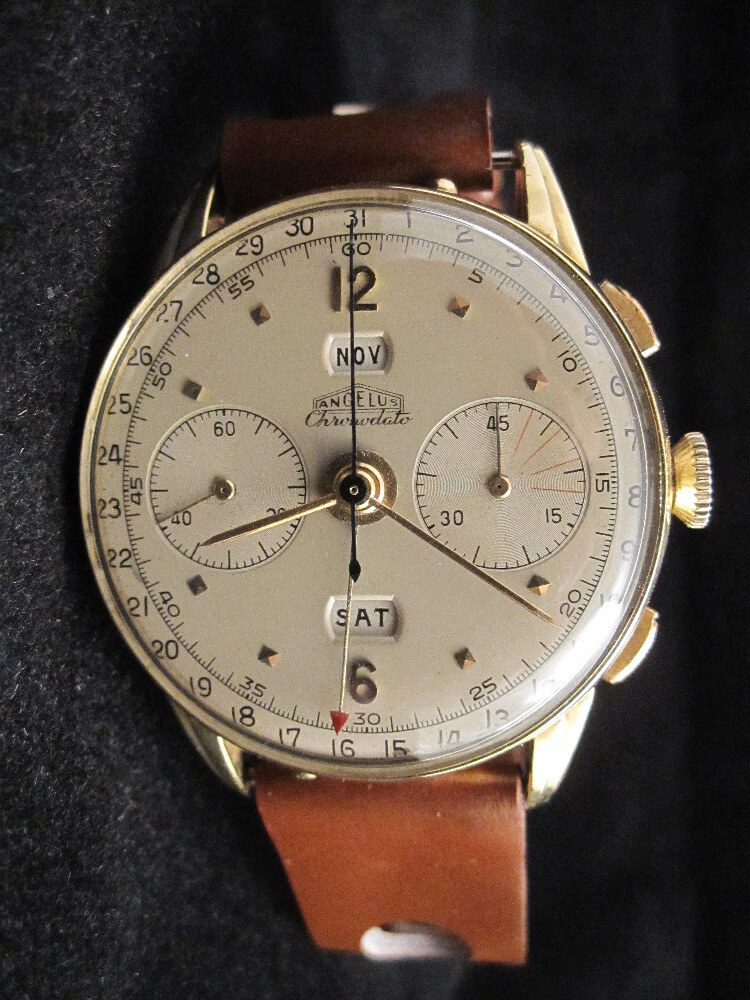
The Angelus Chronodato was the first serial wristwatch chronograph with calendar indications (photo courtesy chronomania.net)
U10 Tourbillon Lumière
Thirty-odd years after Angelus had gone dormant, the first timepiece has emerged: the U10 Tourbillon Lumière.
This revered, historical brand has now been reinterpreted, taking cues and inspiration from the past but placing them in a very contemporary setting.
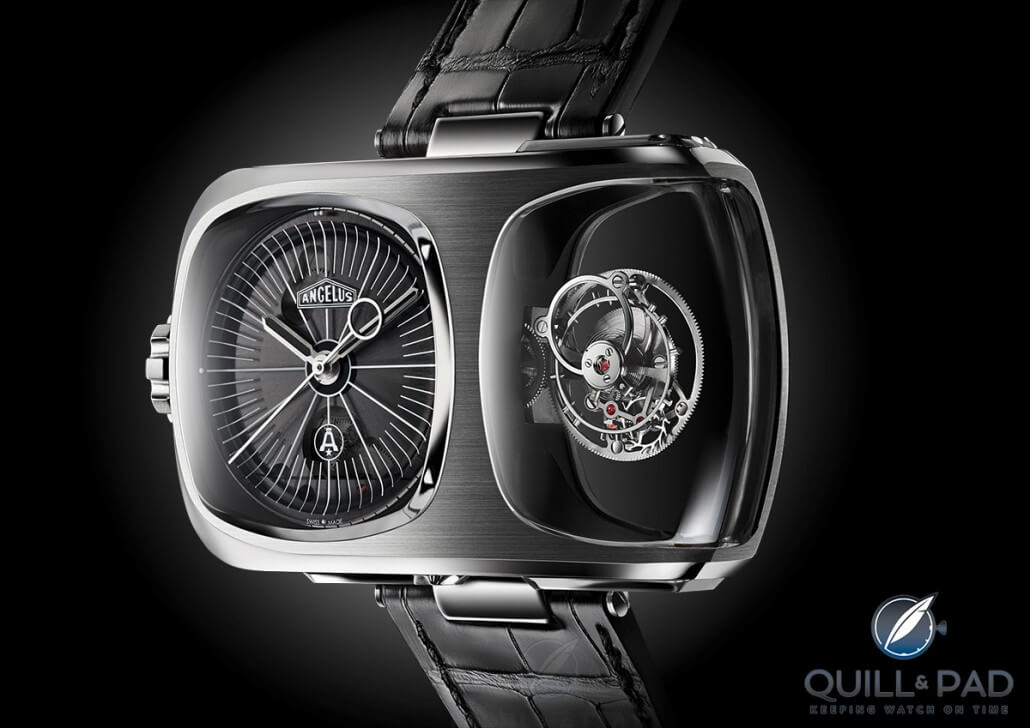
The flying tourbillon of the Angelus U10 Tourbillon Lumière appears to be floating in space alongside the watch it is regulating
And so the U10 Tourbillon Lumière pays respect to Angelus’ period travel clocks in the shape of its case and to 1960s-1970s design with its funky dial.
Despite all its complicated looks, this timepiece “only” displays hours, minutes, and (here it is again) dead beat seconds – the selfsame specialty that Arnold & Son has developed into one of its signature elements over the last four years.
An oversized one-minute tourbillon is visible in a second window, thus sharing the spotlight with the time display and providing the watch with a funky, retro-modern look.
The U10 Tourbillon Lumière kicks off Angelus’s new Urban line with a limited edition of 25 pieces.
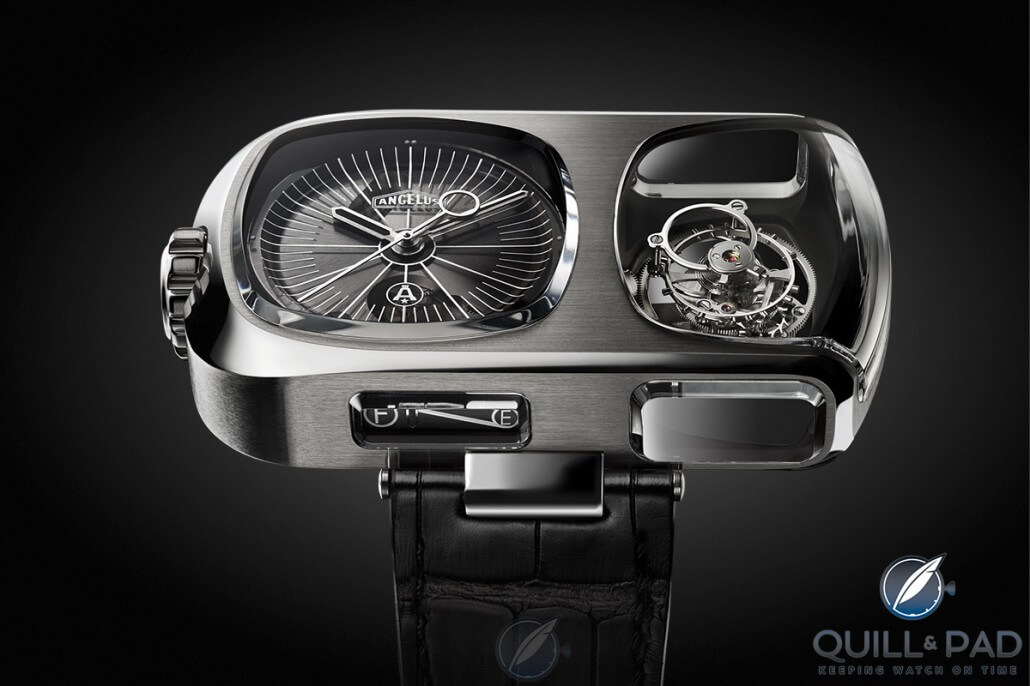
U10 Tourbillon Lumière by Angelus; you can just see the fuel gauge-like power reserve indicator on the case band
Above and beyond all this history, it seems like this might be a good time to ask whether resurrecting ancient names will be the next trend in haute horlogerie. Or is it a fad that has just never died down since Blancpain’s refounding in 1981 (after only eleven years having been closed)?
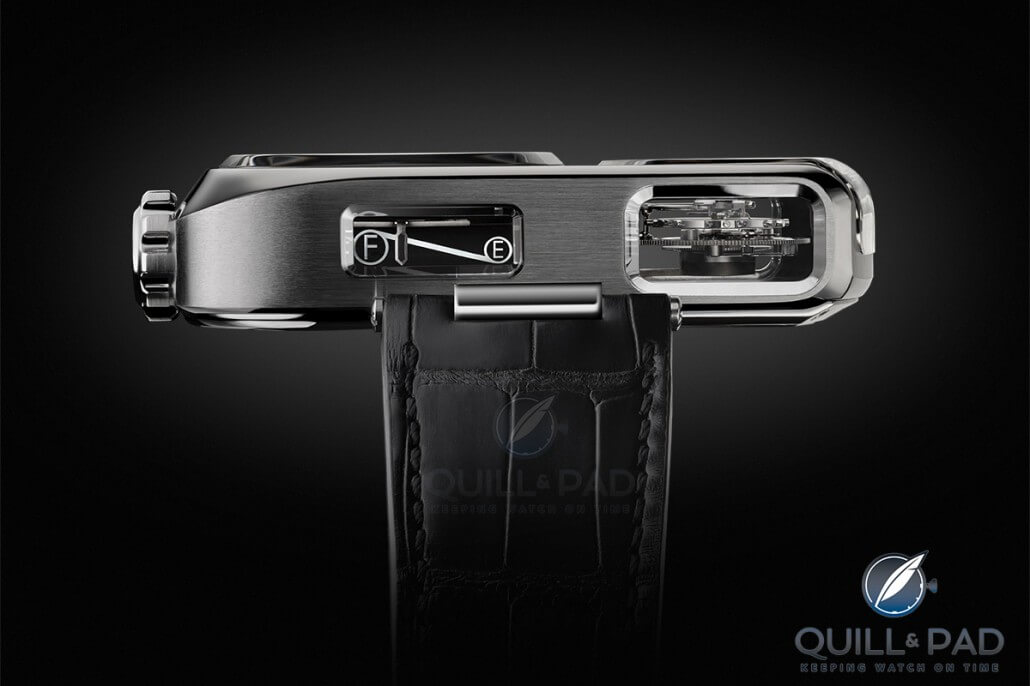
Windows in the case band of the Angelus U10 Tourbillon Lumière reveal the power reserve indicator (left) and tourbillon (right)
I’m not knocking this “trend” by any means. Indeed, it has gifted us with some fantastic wristwatches (as well as some that make less sense). In terms of Angelus, I guess only time will tell. But if its modern career even approaches what Arnold & Son has achieved, I will be the first to happily say, “Welcome back.”
Quick Facts Angelus U10 Tourbillon Lumière
Case: 62.75 x 38 x 15 mm, stainless steel, seven sapphire crystals
Movement: manually wound Caliber A100 with one-minute flying tourbillon separated from the movement and 90-hour power reserve (twin serially operating spring barrels)
Functions: hours, minutes, dead beat seconds; power reserve indicator on case side
Limitation: 25 pieces
Trackbacks & Pingbacks
-
[…] modern day and the watch company Graham that was founded to honor the memory of George Graham (see Historic Swiss Brand Angelus Is Back for more on Graham’s modern history), created a watch that honors his invention all those […]
-
[…] may also be interested in Historic Swiss Brand Angelus Is Back And Presents The U10 Tourbillon Lumière as well as Photo Essay: The Angelus U10 Tourbillon […]
-
[…] When the name Angelus was resurrected from the grave to debut its first new watch in more than 35 years at Baselworld 2015, it was a real event (see Historic Swiss Brand Angelus Is Back And Presents The U10 Tourbillon Lumière). […]
-
[…] For the full story of this timepiece’s birth, please read Historic Swiss Brand Angelus Is Back And Presents The Tourbillon Lumière. […]
-
[…] For more background on this iconic brand, please see Historic Swiss Brand Angelus Is Back And Presents The U10 Tourbillon Lumière. […]
-
[…] For the full story of this timepiece’s birth, please read Historic Swiss Brand Angelus Is Back And Presents The Tourbillon Lumière. […]
-
[…] Historic Swiss Brand Angelus Is Back […]
Leave a Reply
Want to join the discussion?Feel free to contribute!

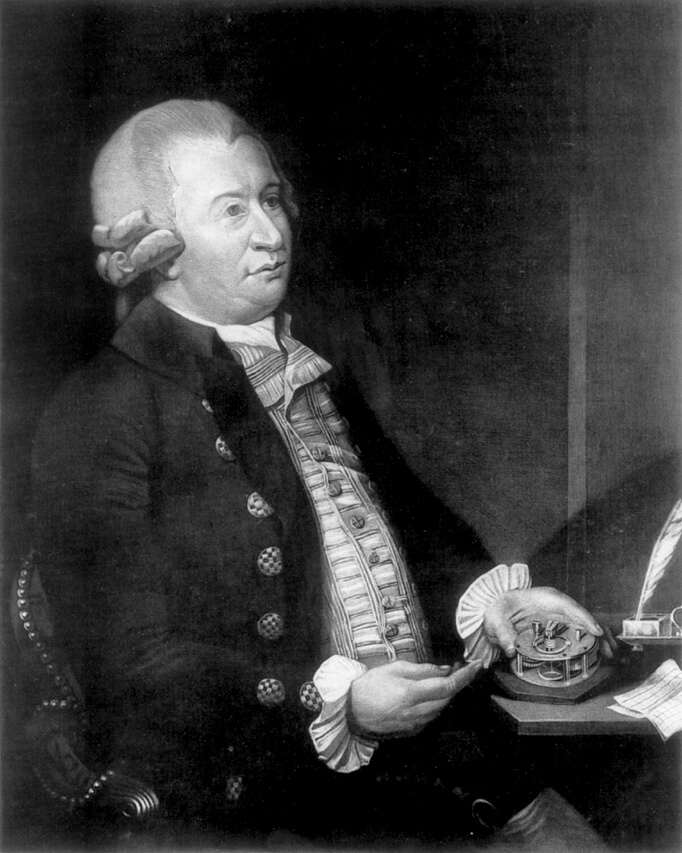
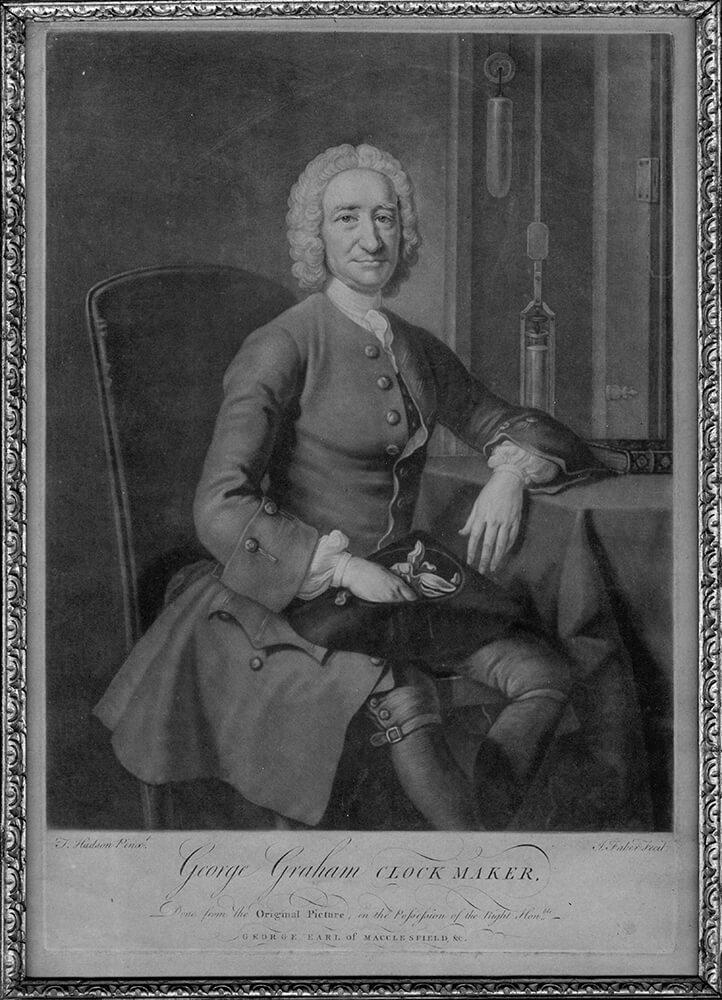
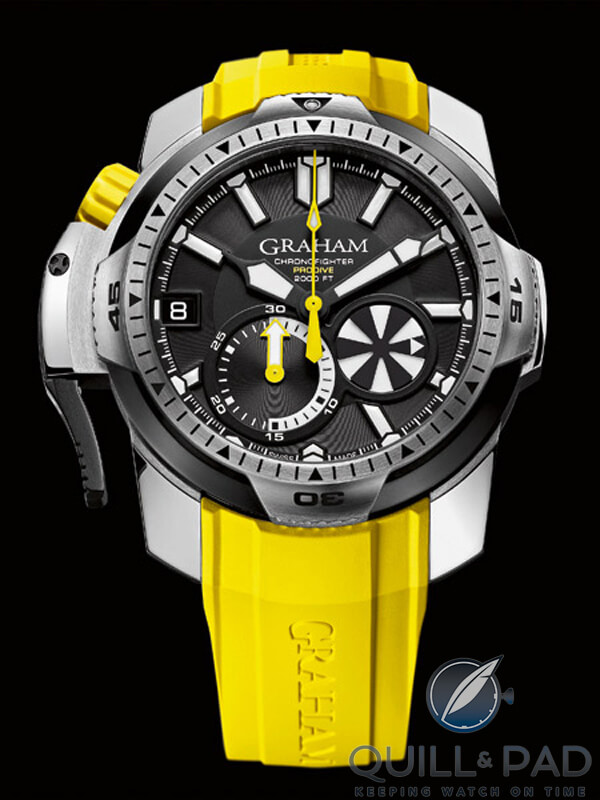
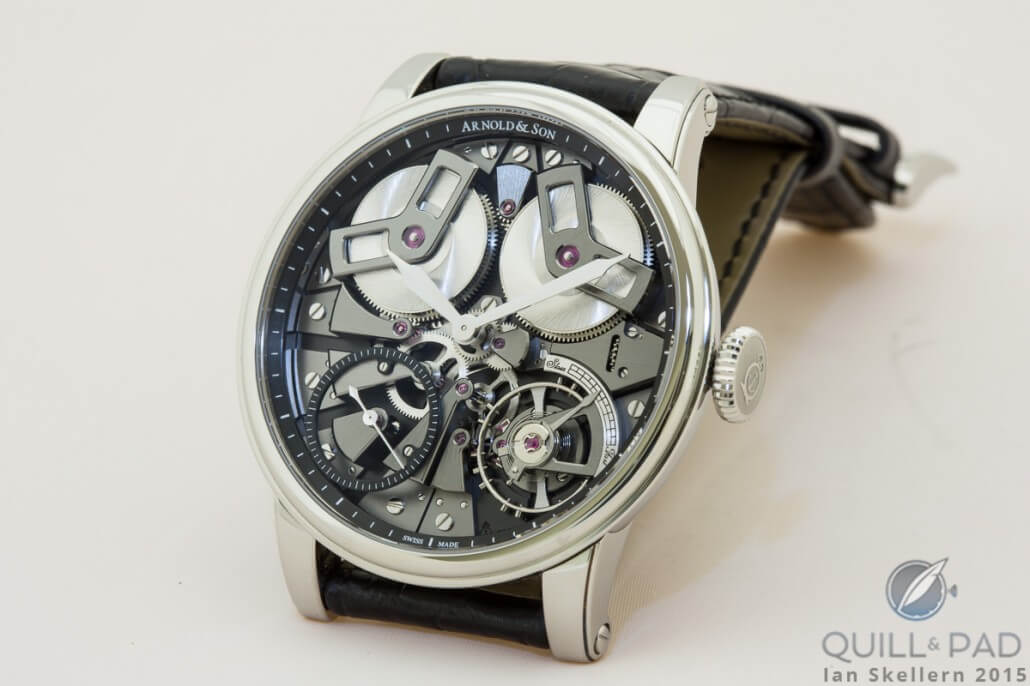
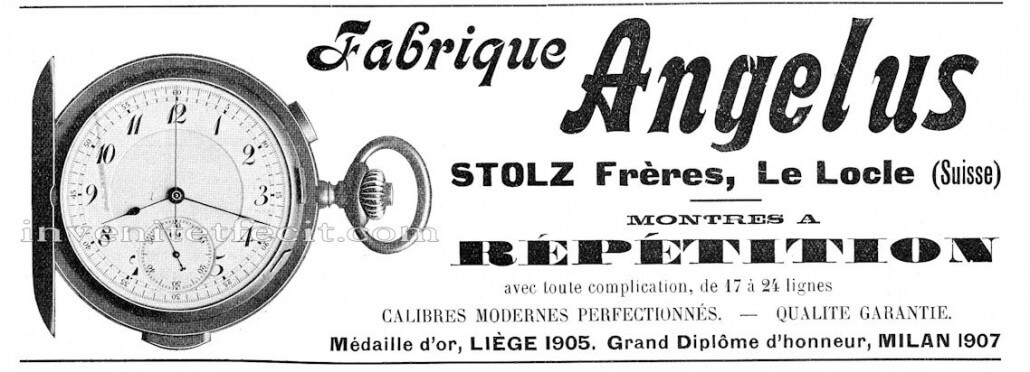

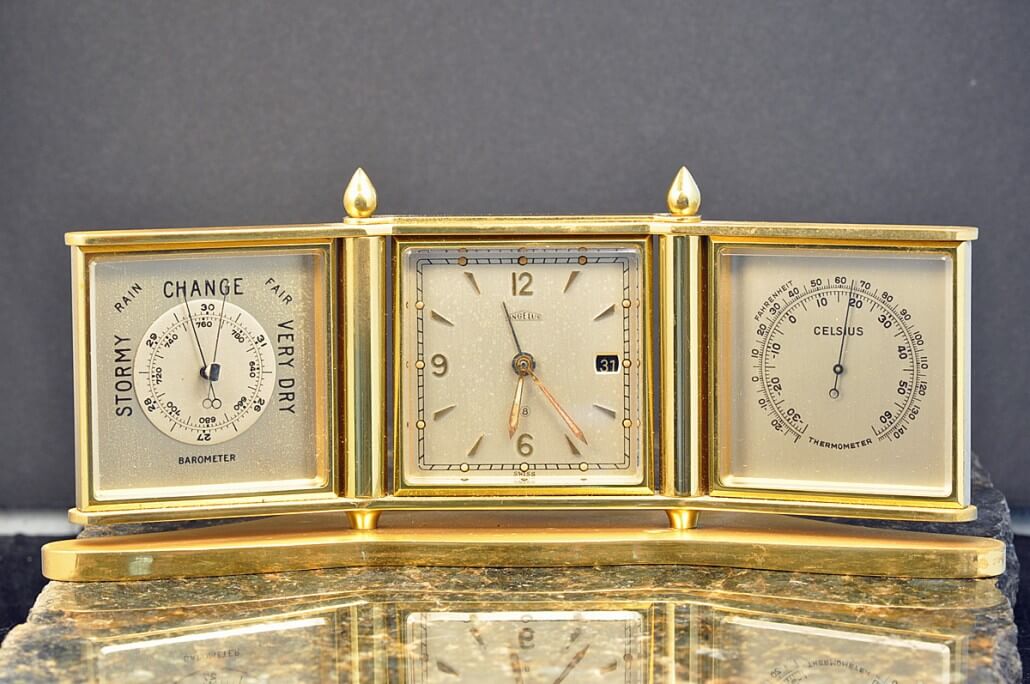
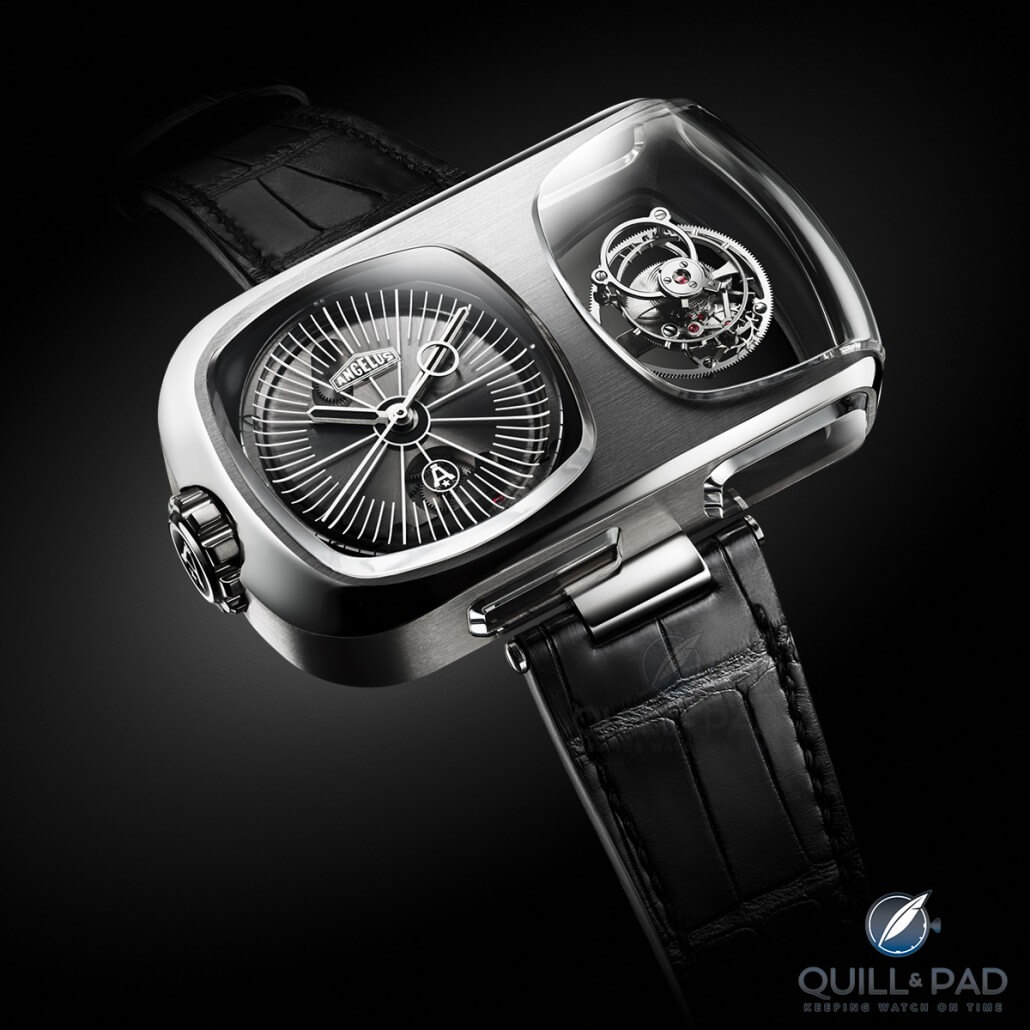
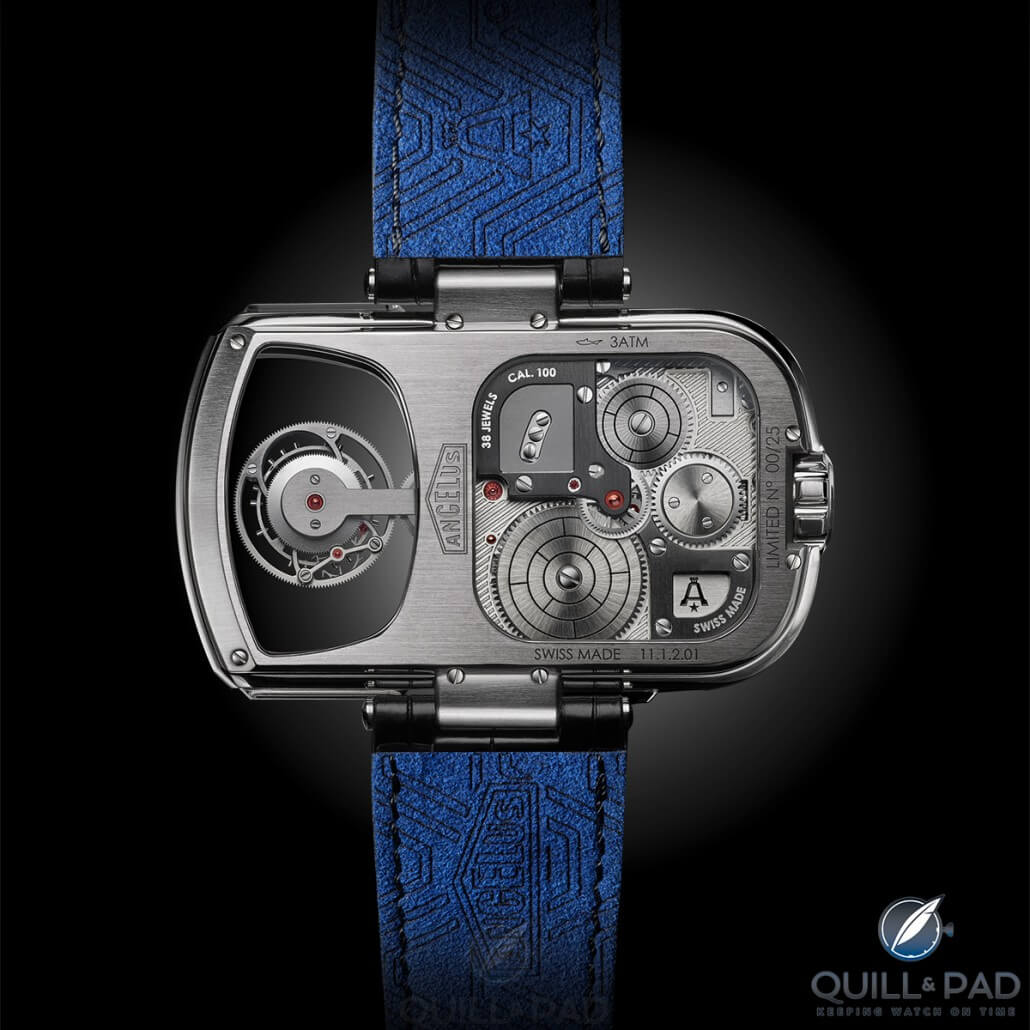



All these new companies masquerading with dead and gone brand names bullshitting about traditions and history make me vomit like crazy.
Dino
So, in your case I suppose G.I. stands for Gastro Intestinal?
Where to have my Angelus instrument repaired.
The info I have is 15 in a circle. 183568
Modele De Rose and on the bottom of the chronograph 836
The instructions in the case for Service list Angelus Products Inc. 580 5th Ave., NY, NY
Am sure they are no longer in business
Would appreciate any info for this instrument
You should contact Angelus in Switzerland and ask for advice, there will be contact details on the brand’s website.